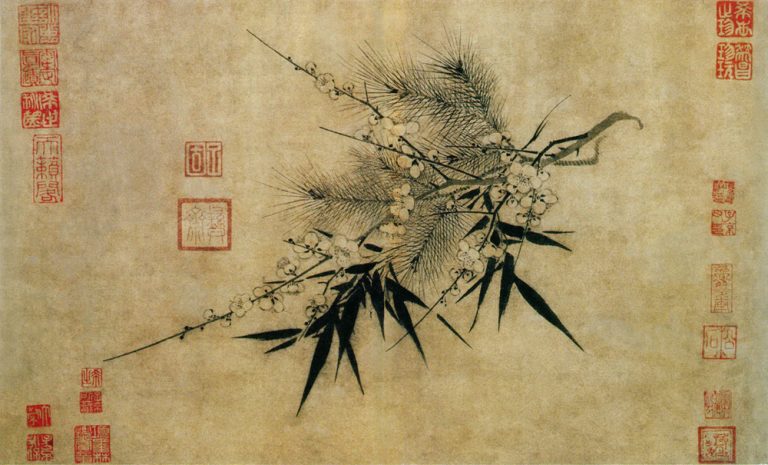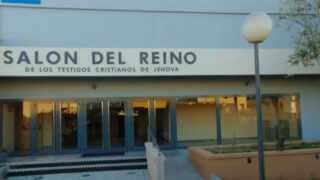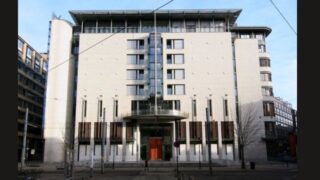The report is better than others, and acknowledges improvements in the Witnesses’ child-protection policies, but is often misinterpreted by the media.
by Massimo Introvigne
Part 1 of 2.


In September 2021, the Independent Inquiry into Child Sexual Abuse, a statutory inquiry for England and Wales that is not part of any government department but has the power to summons witnesses and documents, published its report on “Child Protection in Religious Organisations and Settings.”
Several parts of the report deal with the Jehovah’s Witnesses. Unlike previous reports in other countries on the same subject, this document, while including some criticism, also emphasizes the positive aspects of the child protection policy set in place by the Jehovah’s Witnesses, and mentions its historical evolution and improvements. The report confirmed that (1) Jehovah’s Witnesses have a policy to report allegations of abuse to the statutory authorities “even if there is only one complainant and no other corroborating evidence” (p. 65, par. 6.3); (2) Jehovah’s Witnesses provided evidence to demonstrate that the policy is applied in practice (p. 64–66, par. 6.1–6.9); and (3) Jehovah’s Witnesses are one of the few religious organizations which have an internal disciplinary process which can lead to the expulsion of congregants who have committed child abuse (p. 71, par. 30).
On the other hand, the report in itself should be distinguished from how it has been received by the media. For some, it has been the opportunity to repeat old slander against the Jehovah’s Witnesses, which is fueled by a small but vocal number of professional anti-cultists and hostile ex-members.
Not only in England and Wales, this slander maliciously confuses how instances of sexual abuse are reported to secular authorities and how they are handled congregationally for ecclesiastical discipline. Although this was certainly not the intent of the Inquiry, some parts of the report may have inadvertently offered ammunition to the slanderers.
Another way of defaming religious organizations about child sexual abuse is to confuse cases of the past, which occurred before the awareness of the abuse phenomenon in our societies in general was as widespread as it is today, and cases that occur or are likely to occur now. Here, the Inquiry report makes a laudable effort at avoiding the confusion, but sometimes the distinction is lost in the media accounts.
The report describes the internal organization of the Jehovah’s Witnesses in a substantially accurate way, and examines three cases of abuse by two ministerial servants in the late 1980s and early 1990s, whose exact reconstruction was a matter of debate.
While the Inquiry discussed three cases, and two perpetrators, it notes that, “The Jehovah’s Witnesses have more than 131,700 members in England and Wales. Their records showed 67 [sexual abuse of a minor] allegations reported to their Branch Office within the previous 10 years” (p. 16, par. 15.4). Allegations, obviously, are not proved facts. Some allegations may have been unfounded, just as it is possible that some incidents, as it happens in other religious organizations and society at large, went unreported.
The question of interest to the Inquiry is whether the policies of the Jehovah’s Witnesses contributed to some cases remaining unreported. The Inquiry mentions the well-publicized 2020 case Lancashire County Council v E & F, in which a High Court judge found that two elders delayed reporting a sexual abuser to the police for three years, after the mother of two girls had told them that her husband was molesting them. The mother also testified that she had the “feeling” that the elders would prefer to avoid police involvement, although she admitted that nobody told her not to contact the authorities (p. 32, par. 47).
In fact, the report accepts the possibility that the elders, rather than hiding the abuser, were relying on the mother’s assurance that she was in a position to protect her daughters. The report comments that “the case illustrates that prior to the introduction of the Jehovah’s Witnesses’ 2018–2019 child protection policy, there was a risk of elders not referring matters to the statutory authorities because of misguided assurances given by parents” (p. 67, par. 7). The sentence implies that things indeed changed after the new 2018–19 policy was introduced.
The report recognizes that today, the incident would be handled differently, “Under current procedures of the Jehovah’s Witnesses, elders are required to contact the Legal Department and Service Department of the Central Branch Office for guidance about disclosure and if there is reason to believe a child is ‘in danger of abuse’ to also go to the statutory authorities” (p. 33, par. 52). “According to the policy, reports to statutory authorities may be made even if there is only one complainant and no other corroborating evidence” (p. 65, par. 6.3).
The Jehovah’s Witnesses clarified to the Inquiry that, when the elders believe that a child is in danger, “the present policy is that a report would be made to the police [by the elders] even if the parent refused to make one” (p. 67, par. 7). As mentioned earlier, the Inquiry confirms that evidence was presented to it that, since it has been enacted, this policy has been strictly applied (p. 64–66, par. 6.1–6.9), even if England and Wales, unlike other countries, have no mandatory reporting laws.
The Inquiry, however, maintains some criticism. The Inquiry observes that Jehovah’s Witnesses policy does not generally apply to cases “in which a minor who is a willing participant and who is approaching adulthood is involved in sexual activity with an adult who is a few years older than the minor” (p. 43, par. 20). This is similar to policies existing in other religious organizations, and seems to typically apply to a relation, e.g., between a 17-year-old girl and a 19-year-old boy, but the Inquiry would like “few years older” and “willing participant” to be more precisely defined. Also, the Inquiry recommends more professionalization of some procedures and training, relying when appropriate on independent professionals.
The Inquiry is also concerned with the fact that advice to Jehovah’s Witnesses, rather than in a plain factual language, is presented in texts full of quotes from the Bible, that the Inquiry believes are less easy to understand. The Jehovah’s Witnesses submitted an independent report by Ian Elliott, an authority in matters of child abuse. Elliott concluded that the Jehovah’s Witnesses policies for protecting children provide “an adequate framework for delivering what it sets out to achieve.” Elliott also explained that how texts are socialized and received among the Witnesses actually makes instructions presented in a biblical language more, rather than less, understandable and effective in their congregations.
The Inquiry commented that the Elliott report was “of limited assistance, as it was disclosed to us late in the investigation and was commissioned for a different purpose” (p. 43, par. 21). However, it was published by the Inquiry among the “key documents” annexed to the report.
Elliott’s report was prepared in connection with an investigation by the Charity Commission, started in 2014 and still ongoing, amid concerns that the Jehovah’s Witnesses are singled out for criticism and treated unfairly there.
As for the Inquiry, its conclusions are that, as far as reporting promptly and effectively incidents to secular authorities (even in cases when this is not mandated by laws), the policies of the Jehovah’s Witnesses, as it happened for most other religious organizations the report examines, might have been inadequate in the past, but as the awareness of sexual abuse grew in society so did the effectiveness of the Witnesses’ anti-abuse policies. Reading the report, I also noted that, although certain improvements are suggested, the policies of the Jehovah’s Witnesses compare rather favorably with other religions’.
The Inquiry, however, criticizes how abusers are dealt with by congregation elders after a report is made to secular authorities. We will comment on this aspect of the report in a second article.






